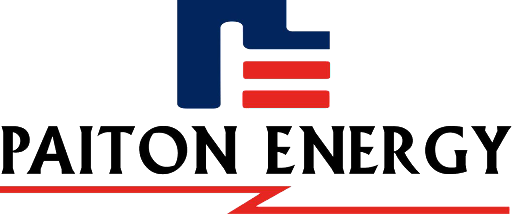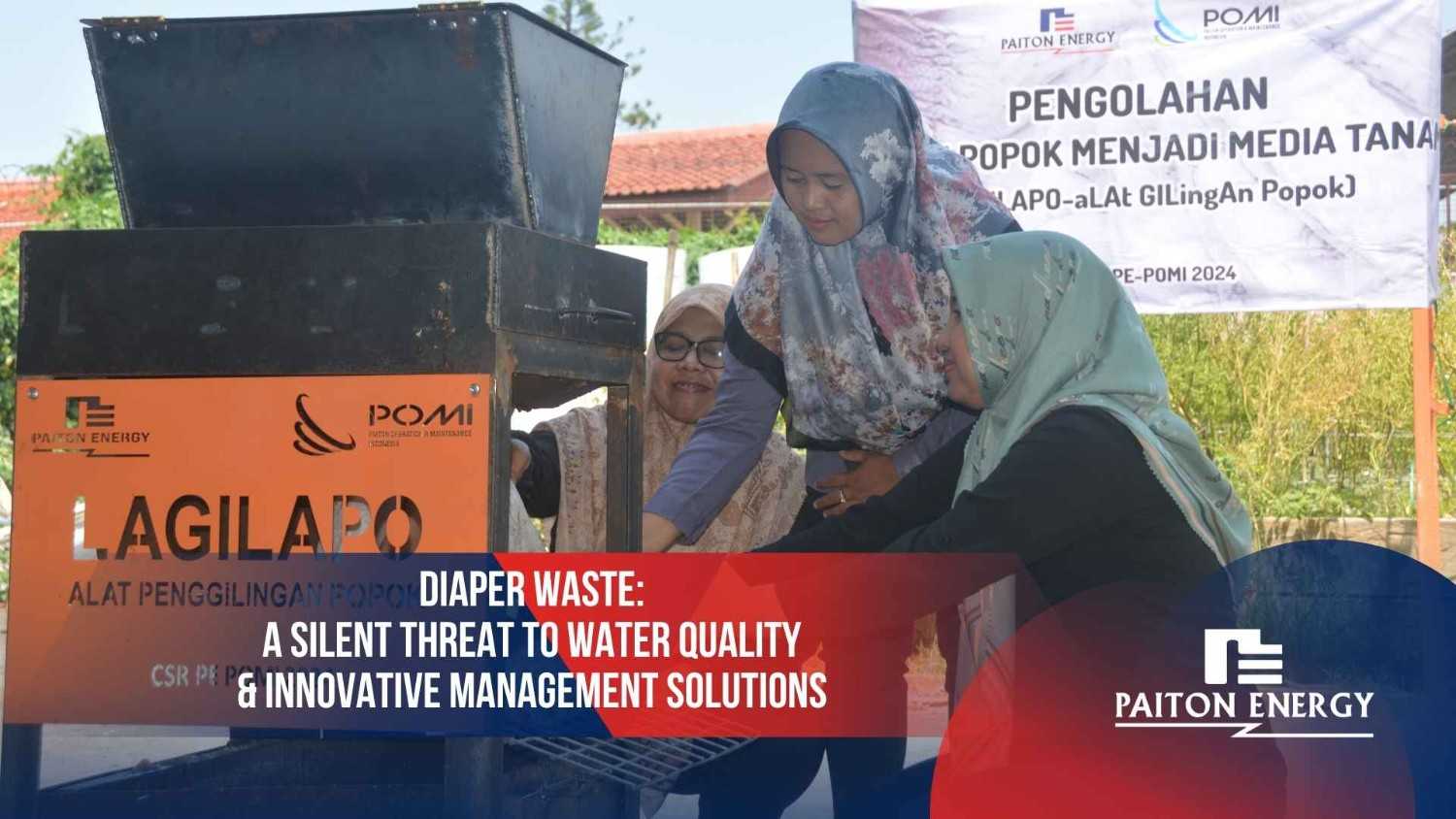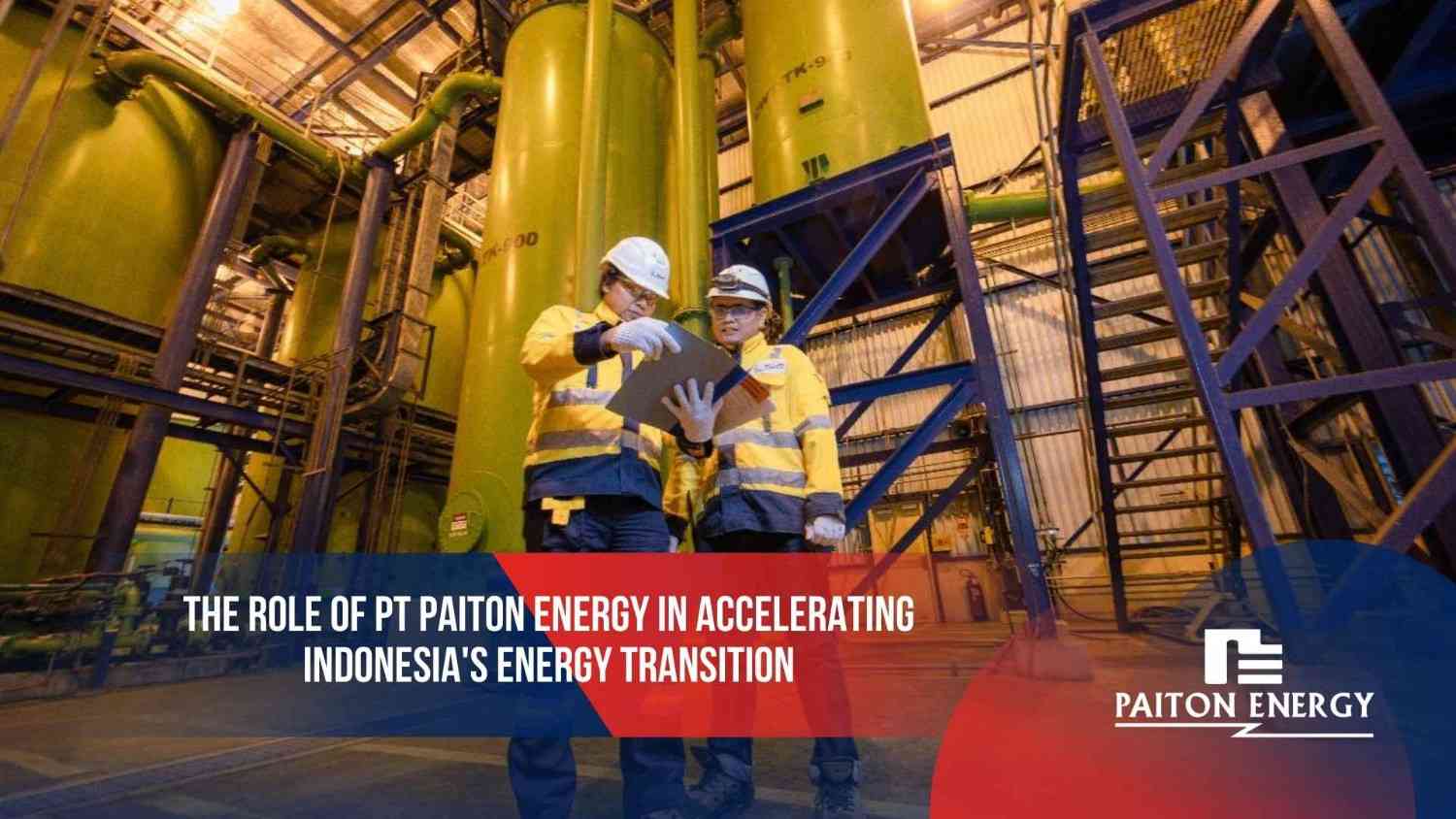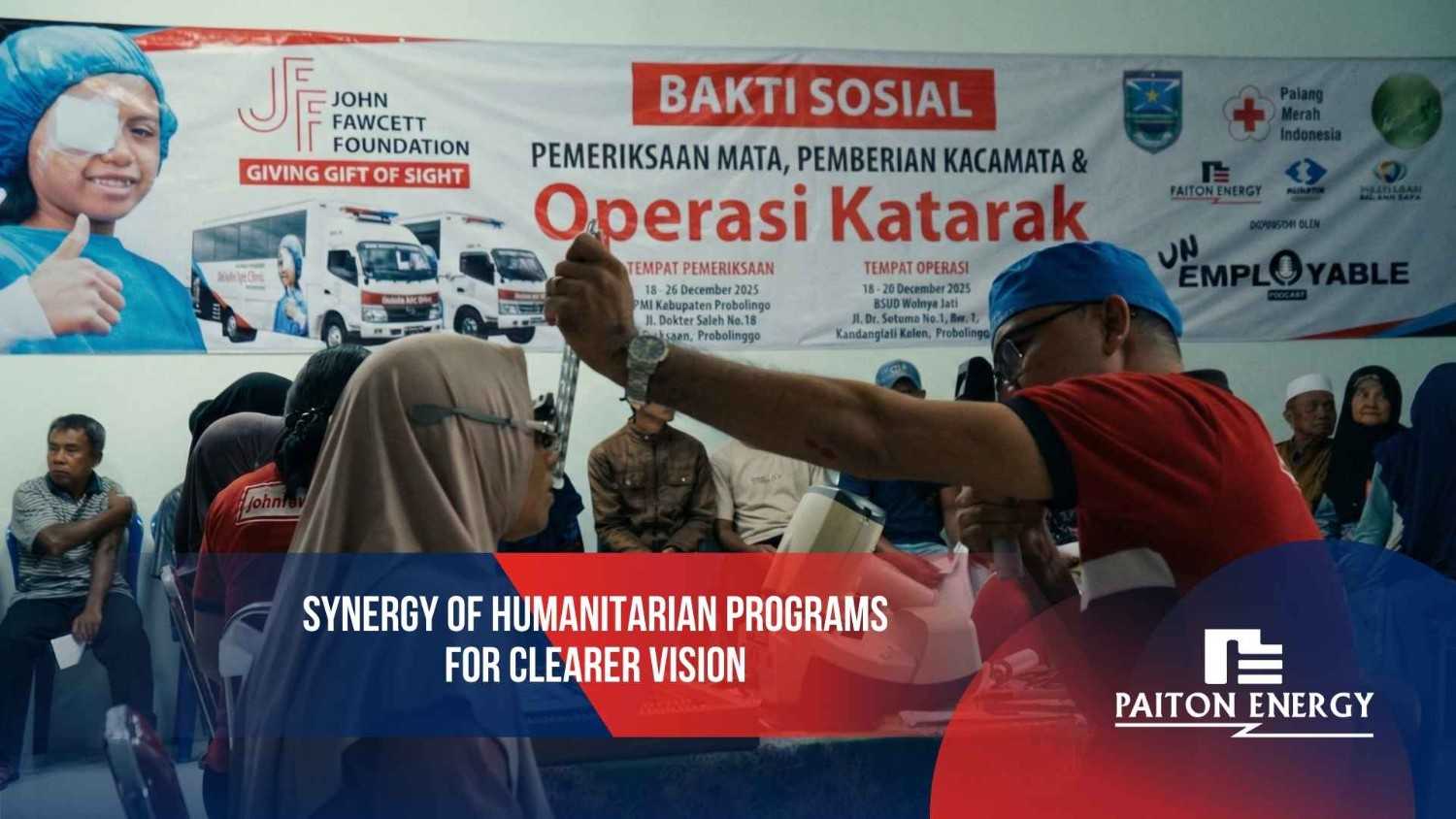Disposable baby diaper waste has emerged as a critical environmental issue in various countries, including Indonesia. The ease of use and widespread availability make this product a primary choice, yet its convenience conceals a significant potential hazard to the ecosystem, particularly water quality.
With the potential volume of diaper waste reaching approximately 3,488 tons per day in Indonesia, based on an estimated daily use of 17.44 million diapers, a deep understanding of its impact and tangible steps on how to manage waste to prevent environmental pollution are necessary.
This article will comprehensively examine the dangers of diaper waste to water quality and the environment, and highlight innovative solutions that can serve as a guideline for sustainable waste management.
The Threat of Chemical Compounds and Bacteria to Water Quality
The most immediate impact of indiscriminate disposal of disposable diapers is the pollution of aquatic ecosystems. Used diapers contain two main hazardous components: chemicals and microorganisms.
Chemicals such as superabsorbent gels and polymers, which function as highly absorbent materials, dissolve and contaminate the water when diapers are discarded into rivers or waterways. This pollution directly degrades water quality, rendering it unsuitable for daily needs, and disrupting the balance of the aquatic ecosystem.
Furthermore, used diapers also carry pathogenic bacteria originating from baby feces. The presence of these bacteria in water bodies increases health risks for humans. Contaminated water can trigger various diseases, ranging from skin irritation and respiratory problems to digestive tract illnesses.
Beyond humans, this contamination also negatively affects aquatic life. Chemical compounds and polymers can cause reproductive issues in fish, disrupt the food chain, and generally damage river ecosystems.
Research also indicates that plastic fragments from disposable diapers can be ingested by fish, leading to the phenomenon of microplastic pollution in water.
This not only threatens fish health and ecosystem balance but also poses a risk to humans as the end-consumers of water and fishery resources. Therefore, awareness regarding how to manage waste to prevent water pollution is an urgent matter.
Environmental Challenges: Non-Biodegradable and Disaster Triggers
In addition to chemically and biologically polluting water, diaper waste poses physical and structural environmental problems. Disposable diapers are largely made of plastic and polymers that are difficult to decompose. It is estimated that diapers take hundreds to thousands of years to fully degrade. Consequently, the accumulation of diaper waste constitutes a massive burden on Landfills (TPA) and the surrounding environment.
The problem is further complicated when diaper waste is dumped into drainage channels or rivers. Its swelling and non-dissolvable nature often causes water flow blockage. In densely populated areas with high rainfall, blockages caused by diaper waste significantly increase the potential for flooding.
This impact demonstrates that irresponsible disposal of diaper waste is a multidimensional problem, extending from sanitation issues to natural disasters. Collective effort and planned strategies on how to manage waste to prevent large-scale environmental contamination are essential.
Innovative Solutions: From Waste to Commodity
Facing these massive environmental challenges, innovation in diaper waste management is crucial. One tangible example of an innovative solution comes from the INSPIRASI Program (Innovation for Clean Water and Energy Management) located in the coastal area of Binor Village. This region previously faced various social and health problems due to limited access to clean water.
The Key Role of the “Lagilapo” Grinding Tool
The INSPIRASI Program implements various activities, including clean water management, production of bottled drinking water, and most importantly, processing of diaper waste. The core of this diaper waste processing is the use of an innovative grinding tool called “Lagilapo” (a diaper gel grinding tool).
The Lagilapo tool is capable of separating the absorbent gel and fabric from used diapers, thus facilitating the recycling process. This component separation plays a vital role in reducing the level of water pollution, as diaper waste that was previously disposed of indiscriminately can now be processed more safely and in an environmentally friendly manner.
This initiative has successfully improved water quality in the Paiton surrounding area, where E. coli bacteria levels in the water source were drastically reduced from 300/100 ml in 2019 to 30/100 ml in 2024.
Creating Economic and Social Value
Beyond the environmental benefits, the INSPIRASI Program also creates new economic value. Through a waste bank system, used diapers are collected with an exchange value of approximately Rp500 per diaper, transforming waste into a commodity that provides financial benefits to the local community.
This initiative has also successfully raised waste management awareness and empowered the community through technical training. The program proves that a commitment to sustainability can go hand-in-hand with the creation of new economic opportunities.
Such efforts are a tangible model for how to manage waste to prevent environmental contamination while delivering positive socio-economic impacts and encouraging a change in community behavior in waste management and preserving clean water quality.
Conclusion and Way Forward
The impact of disposable diaper waste on water quality and the environment is a serious threat that demands immediate attention and action.
From chemical and bacterial pollution, damage to aquatic ecosystems, microplastic risks, to contribution to flood disasters, all highlight the need for behavioral change in the use and disposal of this waste. The potential for very large waste volumes necessitates a shift from consumptive habits to more responsible patterns.
Awareness on how to manage waste to prevent environmental contamination must be enhanced through education on waste reduction, for instance, by switching to cloth (reusable) diapers and recycling.
Innovations like Lagilapo have demonstrated that with the right technology and community support, hazardous diaper waste can be transformed into a beneficial resource.
To achieve a healthy and sustainable environment, a shared commitment is required from the government, industry, and the community to consistently implement and develop strategies on how to manage waste to prevent environmental contamination for better water quality and a greener future.




